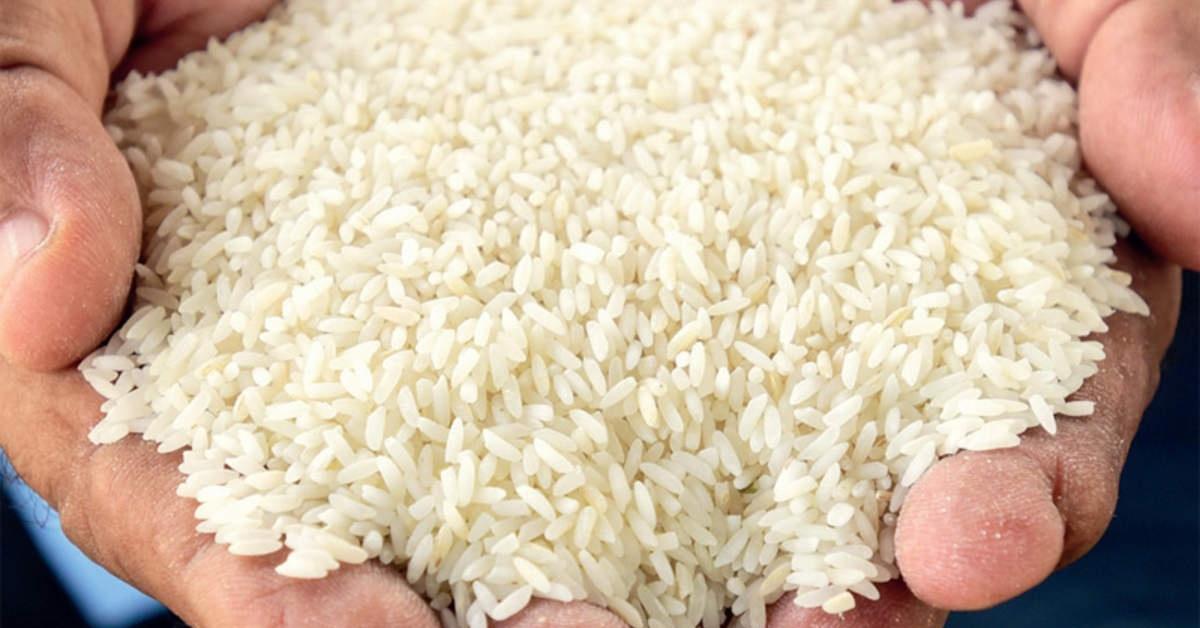Are you curious to know what is code Adam? You have come to the right place as I am going to tell you everything about code Adam in a very simple explanation. Without further discussion let’s begin to know what is code Adam?
In the diverse tapestry of Indian cuisine, rice takes center stage, and one variety that holds a special place in South India is Kolam Rice. Known for its distinct aroma, flavor, and versatility, Kolam Rice has been a staple in the kitchens of South Indian households for generations. In this blog, we will explore what Kolam Rice is, its characteristics, culinary significance, and its enduring popularity.
What Is Kolam Rice?
Kolam Rice, also known as “Kolum Rice,” is a traditional variety of rice cultivated primarily in the southern regions of India. It belongs to the category of non-basmati rice and is characterized by several unique qualities that set it apart from other rice varieties.
Key Characteristics Of Kolam Rice:
- Aroma: Kolam Rice is renowned for its delightful, natural aroma, which fills the kitchen when it’s being cooked. The fragrance is often described as nutty and earthy, adding a pleasant dimension to various dishes.
- Grain Length: Kolam Rice grains are medium to long in length, typically measuring between 6.0 to 6.8 mm. This makes it suitable for a wide range of recipes.
- Texture: The cooked grains of Kolam Rice have a fluffy and non-sticky texture, making it ideal for a variety of rice dishes, from simple steamed rice to elaborate biryanis.
- Flavor: Kolam Rice boasts a subtle, sweet flavor that complements both traditional South Indian dishes and fusion cuisine.
- Culinary Versatility: This rice variety can be used for various culinary applications, including plain rice, pulao, biryani, idli, dosa, and other rice-based delicacies.
Culinary Significance
Kolam Rice plays a vital role in South Indian cuisine, where rice is a dietary staple. Here are some ways in which it is used in the culinary landscape:
- Plain Rice: Kolam Rice is often used as a daily staple, served as plain steamed rice alongside an array of curries, sambars, and rasams.
- Biryani: Due to its aromatic nature and distinct flavor, Kolam Rice is an excellent choice for biryani, a fragrant and flavorful South Indian rice dish.
- Idli and Dosa: Kolam Rice is used in the preparation of idli and dosa batter, resulting in soft and fluffy idlis and crispy dosas.
- Pulao and Fried Rice: Its non-sticky texture makes it suitable for preparing pulao and fried rice dishes, allowing the grains to remain separate and fluffy.
- Sweets: In South India, Kolam Rice is used in the preparation of traditional sweets and desserts like payasam (rice pudding) and other rice-based confections.
Popularity And Cultural Significance
Kolam Rice is not just a culinary delight but also carries cultural significance in South India. It is often associated with religious and festive occasions, where special dishes prepared with Kolam Rice are served to celebrate and offer prayers. Additionally, it is a source of livelihood for many farmers in the southern states, contributing to the agricultural and economic landscape.
Conclusion
Kolam Rice is more than just a staple food; it is a culinary gem with a rich aroma and a flavor that lingers on the palate. Its versatility in South Indian cooking has made it an integral part of the region’s culinary heritage. Whether it’s part of a daily meal or a special occasion, Kolam Rice continues to be cherished by generations, showcasing the culinary diversity and cultural richness of South India.
FAQ
Is Kolam Rice Good For Health?
Kolam rice is a rich source of essential nutrients, including vitamin A and C, as well as sodium. Moreover, it is known to act as a natural blood clot and heart attack preventer due to its unique nutritional profile.
Is Kolam Rice Better Than Basmati?
Traditional Basmati Rice has a softer flavour and aroma. Kolam rice grains are small, spongy, and easy to consume. When cooked, it emits a similar floral scent. It has been particularly processed for everyday cooking in a variety of ordinary meals, making it ideal for everyday eating.
Is Kolam Rice Same As Sona Masoori Rice?
While they share some similarities, there are certain differences between the two: 1. Grain Length: Kolam rice is a medium-grain rice, while Sona Masuri rice is a short-grain rice. Kolam rice grains are slightly longer and narrower compared to the shorter, plump grains of Sona Masuri rice.
Which Kolam Rice Is Better?
Surti Kolam Rice is aromatic and lightweight and considered to be of the best quality.
I Have Covered All The Following Queries And Topics In The Above Article
Kolam Rice Vs Sona Masoori
What Is Kolam Rice Vs Basmati Rice
What Is Kolam Rice Used For
What Is Kolam Rice In India
What Is Kolam Rice In English
What Is Kolam Rice Good For
Is Kolam Rice Raw Rice
Kolam Rice 25kg Price
What Is Kolam Rice
What is special about kolam rice
